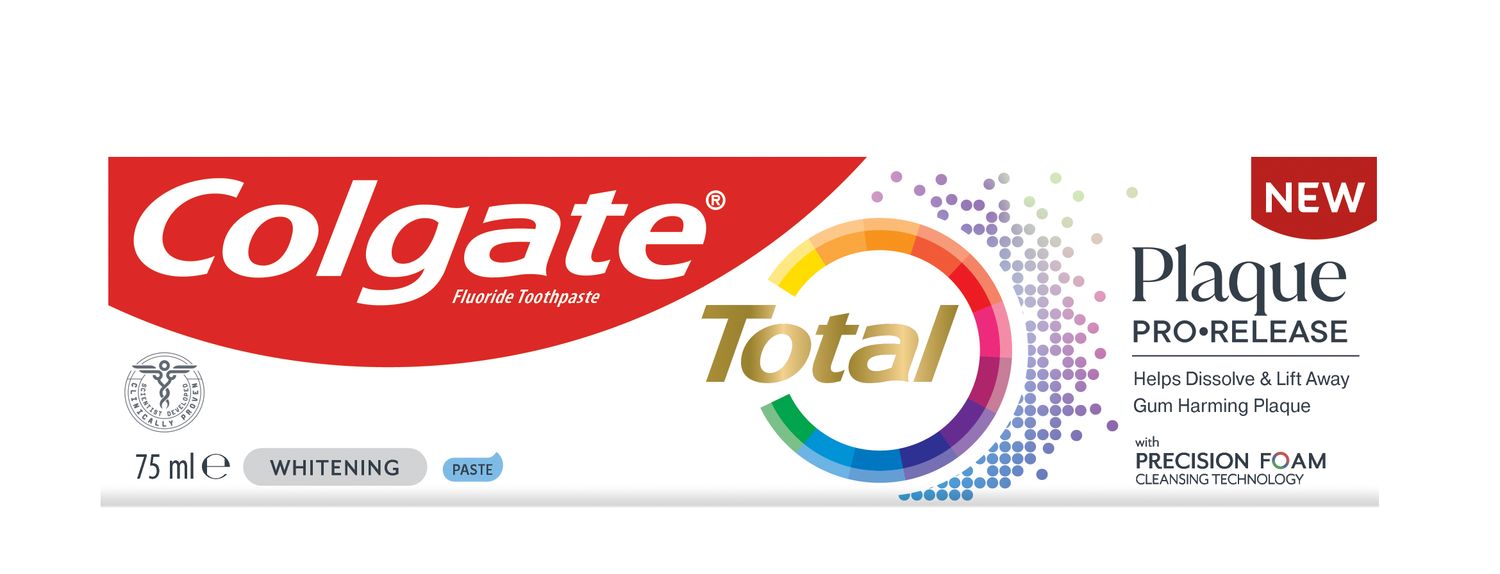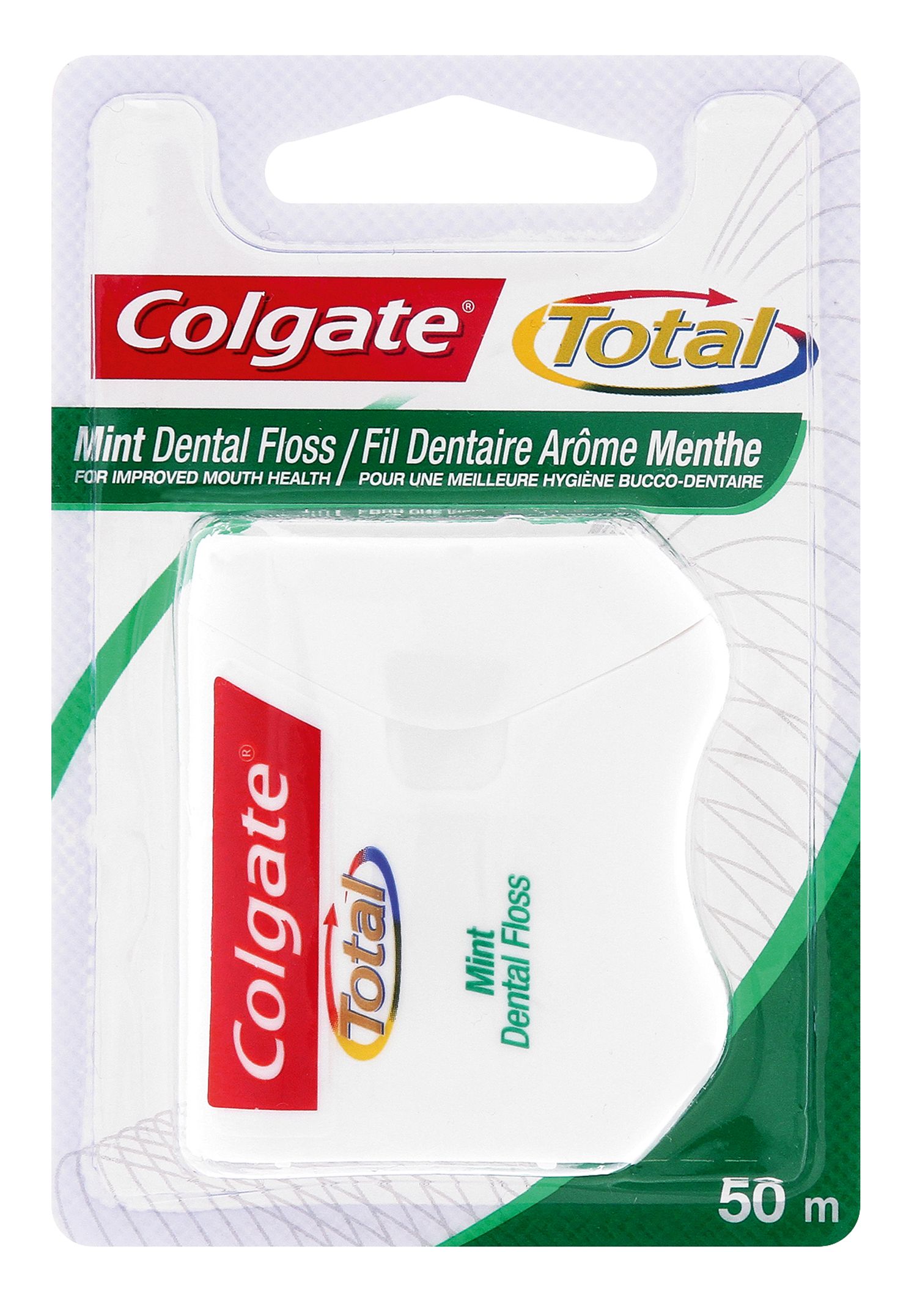-
-

CAVITIES
Can You Heal A Cavity At Home?You feel a sharp pain when you bite down or try to eat. You think it's a cavity, but you're not 100 percent sure...

BAD BREATH
How To Cure Bad BreathMore commonly known as bad breath, halitosis is an embarrassing hygiene issue that nobody wants, but some of us get every now and then...
-
Science & Innovation
- Colgate® | Toothpaste, Toothbrushes & Oral Care Resources
- Oral Health
- Developmental Disabilities
- Treating Prognathism: Ways To Correct Abnormal Jaw Alignment


Prognathism is the overdevelopment of either the upper jaw (called the maxilla) or lower jaw (called the mandible) in relation to the other jaw and the skull. This results in a mismatch where the jaws and teeth do not fit together properly and one jaw may protrude.
When this condition affects the upper jaw, dentists call it overjet, maxillary excess or an overbite. If the lower jaw protrudes, it is commonly called an underbite. Both conditions can be managed and treated by a team made up of your dentist, an orthodontist and potentially a doctor or maxillofacial surgeon.
Causes of Prognathism
The over-development of either jaw may result from normally occurring genetic differences or from rare, underlying conditions. According to the National Institutes of Health (NIH), some of the conditions associated with prognathism include:
- Crouzon syndrome. When this genetic condition occurs, the bones of the skull fuse prematurely, affecting a child's facial structure.
- Nevoid basal cell carcinoma syndrome. This syndrome involves a series of inherited genetic defects that affect the bones, skin, eyes and nervous system.
- Gigantism.This condition refers to accelerated childhood growth, especially height, caused by a hormonal imbalance.
- Acromegaly. Similar to gigantism, this condition refers to excessive growth, but it doesn't occur until adulthood.
When to See a Dental Professional
Prognathism isn't always a problem. According to the NIH, an extended jaw can be part of an individual's natural face shape from birth. However, a protruding jaw can sometimes cause dental problems and pain. You should see your dentist if you think your jaw shape may be causing difficulty chewing, speaking or biting.
If a prognathic jaw becomes painful or interrupts normal activities, the problem won't correct itself. Treating a jaw problem often involves a general dentist, an orthodontist and an oral surgeon. A doctor may also be involved if the cause is related to a condition like Crouzon syndrome or gigantism.
Treatment
Before beginning any prognathism treatment, your team of care providers will work together to make sure everyone is on the same page to ensure a successful outcome. In addition to completing a physical exam and asking about your medical history, your providers will likely take X-rays or bite imprints, reports the NIH.
Your jaw treatment will be tailored to your individual situation. Your dental professional may recommend orthodontic appliances such as braces. Orthodontic treatment to correct prognathism may take up to 20 months to complete.
Alternatively, your care providers might recommend surgery to move either the upper or lower jaw to create proper alignment. This type of procedure, called orthognathic surgery, may involve advanced techniques like constructing virtual 3D models of your facial structures, reports a study in Scientific Reports. These models, which are increasingly being used in the field, help the surgeon accurately plan and execute the procedure, ensuring that you leave the hospital with correct jaw placement and a symmetrical face shape.
If you experience facial pain or aren't happy with the appearance of your jaw, talk to your dentist about your treatment options. They will help you determine the best course of action to achieve the results you're looking for.
Related Articles


Crooked teeth can have a variety of causes, from genetics, malnutrition and oral habits to dental disease and poor dental hygiene. Learn more here.

Learn about the kinds of mouth inflammation and how your dental professional can help prevent and treat mouth sores and redness.
Related Products

Helping dental professionals
More professionals across the world trust Colgate. Find resources, products, and information to give your patients a healthier future








